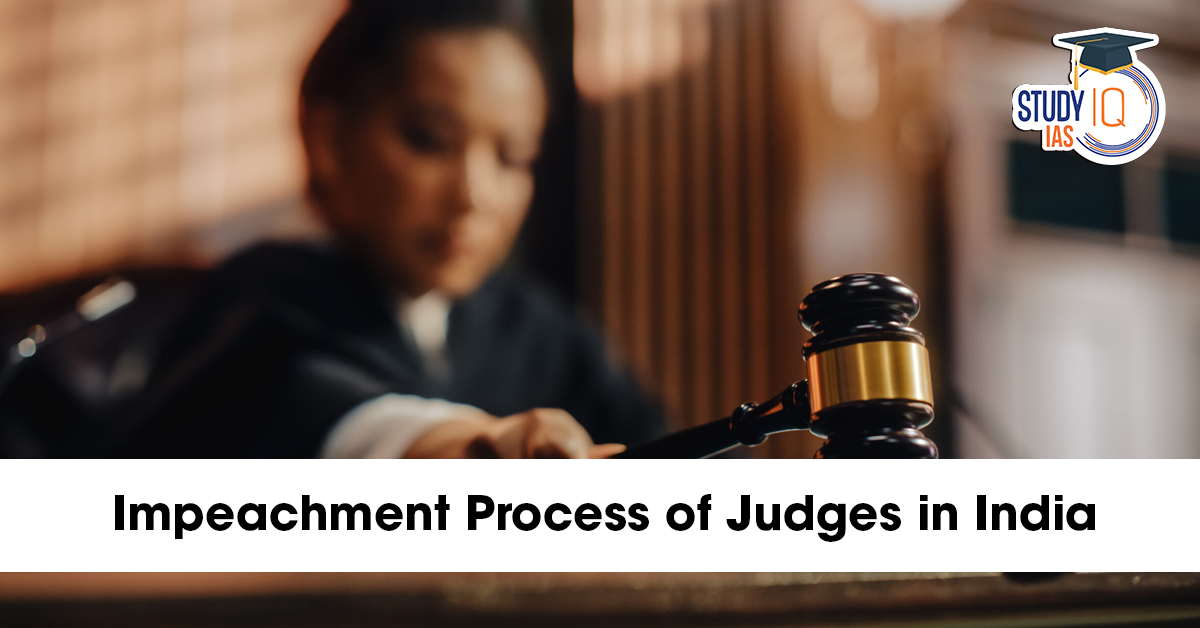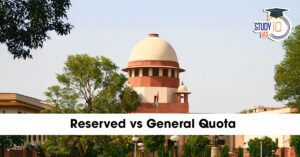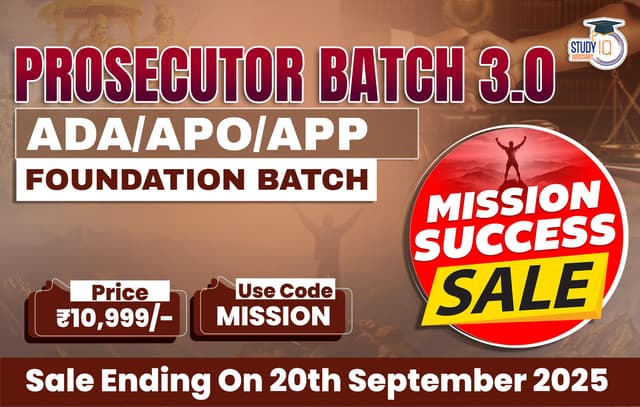Table of Contents
In mid-March 2025, fire department personnel investigating a blaze at Justice Varma’s official Delhi residence unearthed sacks of partially burnt currency, prompting a three-judge in-house inquiry. That panel reported “strong inferential evidence” suggesting the judge’s control over the funds and recommended referral for removal proceedings.
By late July, at least 149 Lok Sabha members and 63 Rajya Sabha members submitted separate impeachment notices, the thresholds of 100 and 50 signatures required by the Judges (Inquiry) Act, 1968, to their respective presiding officers. Once Speaker Om Birla and Chairman Jagdeep Dhankhar admit these motions, the constitutional machinery to consider a judge’s removal is officially activated.
Upon admission of the motion in both Houses, the Speaker, in consultation with the Rajya Sabha Chairman and the Chief Justice of India, must convene a three-member statutory committee. This body, comprising one Supreme Court judge, one High Court Chief Justice, and one “distinguished jurist”, is empowered to frame specific charges, summon and cross-examine witnesses, and regulate its own procedures. Its report will determine whether Parliament proceeds to a special-majority vote to remove the judge or dismisses the motion.
Simultaneously, Justice Varma has filed a writ petition in the Supreme Court seeking to quash the in-house inquiry as a “parallel, extra-constitutional mechanism.” A bench led by Justices Dipankar Datta and A.G. Masih is slated to hear his challenge on July 30, focusing on whether the internal proceedings violated Articles 124 and 218 of the Constitution and improperly shifted the burden of proof onto him.

Constitutional Grounds for Removal of Higher Court Judges
A judge serving on the Supreme Court or any High Court in India can be removed from office only on two narrowly defined grounds: proven misbehaviour or demonstrated incapacity. Misbehaviour encompasses wilful misconduct, corruption, breach of judicial ethics, or any act that undermines the judiciary’s integrity. On the other hand, incapacity refers to a physical or mental infirmity that prevents a judge from performing official duties effectively.
The power to remove judges is enshrined in Article 124(4) of the Constitution for Supreme Court judges and is extended to High Court judges by Article 218. These provisions ensure that judicial independence is balanced by accountability, preventing arbitrary or politically motivated removals. Thus, the process of removal is designed to uphold the integrity of the judiciary while maintaining its independence.
To translate these constitutional grounds into action, Parliament must pass a removal motion in both Houses by a special majority. This special majority requires at least two-thirds of members present and voting in each House and more than 50 per cent of the total membership of each House. Only when both conditions are met within the same parliamentary session can the motion be presented to the President, who then formally orders the judge’s removal. This careful process underscores the seriousness of judicial accountability in India.
Impeachment Motion
The process for initiating impeachment proceedings against a Supreme Court or High Court judge begins with a formal motion presented in Parliament, as outlined in the Judges (Inquiry) Act of 1968. To initiate this motion, it requires at least 100 members from the Lok Sabha or 50 members from the Rajya Sabha to sign and submit a notice either to the Speaker of the Lok Sabha or the Chairman of the Rajya Sabha. The presiding officer has the authority to decide whether to admit the motion, exercising complete discretion without a set deadline for this decision. This allows them the opportunity to review preliminary materials, consult experts, or gather advice before determining the notice.
Once the motion is accepted, the presiding officer must keep it pending and promptly form an inquiry committee consisting of three members to investigate the allegations against the judge, ensuring accountability while maintaining judicial independence. The committee itself is composed of one Supreme Court judge, one Chief Justice of a High Court, and one distinguished jurist chosen by the Speaker or Chairman. If motions are presented in both Houses on the same day, the Speaker and Chairman will jointly establish the committee. However, if the motions are admitted on different days, only the first motion proceeds, while subsequent ones lapse.
The inquiry committee is responsible for framing specific charges, providing a clear factual and legal foundation for each allegation. These charges are then formally communicated to the judge under examination, who is allowed a reasonable period to submit a written defense and respond to the allegations. To gather evidence, the committee conducts hearings similar to civil court procedures, calling and questioning witnesses under oath while requiring the submission of documents and admitting sworn testimonies. The judge facing scrutiny has the right to cross-examine witnesses and present any relevant evidence in their defense.
In cases where allegations relate to the judge’s mental or physical health affecting their ability to fulfil their responsibilities, the inquiry committee may appoint a medical board to assess the judge’s condition. The judge must comply with this examination within the specified timeframe; a refusal may lead the board to report that the alleged incapacity exists, which allows the committee to presume a lack of fitness for duty.
After the investigation is concluded, the inquiry committee prepares a comprehensive report detailing their findings on each charge and includes overall observations. This report is then submitted to the Speaker or Chairman, who presents it to both Houses of Parliament for discussion, and if deemed appropriate, a vote on the judge’s removal takes place.
Parliamentary Proceedings and Voting
When allegations of misconduct surface against a sitting judge, either House of Parliament can introduce a motion to investigate. A specially constituted committee, often comprising parliamentarians from multiple parties, examines the evidence and hears testimony.
If this committee concludes that the judge is guilty of “proved misbehaviour or incapacity,” the originating House debates and votes on the committee’s report. Upon adoption, the motion moves to the other House, where members again deliberate and cast their votes.
Both Houses must pass the motion by a special majority (at least two-thirds of those present and voting, and a majority of the total membership). Only after both Houses have consented does the motion reach the President. The President then formalises the removal by issuing an official order.
Key Steps in Parliamentary Impeachment
- Introduction of motion in either the Lok Sabha or the Rajya Sabha
- Formation of a bipartisan investigation committee
- The committee report was presented and debated in the originating House
- Adoption of the motion by a two-thirds special majority
- Transmission and vote in the second House under the same majority requirement
- Presidential order of removal once both Houses agree
Judiciary’s In-House Inquiry Mechanism
To address complaints that fall short of impeachment standards, the judiciary maintains its internal discipline framework. This system was formalised in 1995 following a landmark judgment, ensuring that allegations of lesser misconduct can be scrutinised without involving Parliament.
Under this mechanism, the Chief Justice of India (CJI) appoints a small panel of senior judges, typically three, to investigate. The panel reviews written complaints, examines relevant records, and may call the respondent judge for explanations.
Depending on its findings, the committee can take several actions:
- Issue a formal warning or advisory to the judge
- Recommend transfer or temporary suspension
- Refer serious matters back to the full Supreme Court for consideration of removal proceedings
The CJI oversees the entire process, ensuring confidentiality, procedural fairness, and the preservation of judicial independence throughout.
Recent Revisions and Procedure
In 2014, the Supreme Court overhauled the judiciary’s internal discipline mechanism to make it more transparent, efficient, and insulated from frivolous complaints. Rather than flooding the apex court directly, every grievance now starts at the level of the High Court or the executive, ensuring an initial filter.
A step-by-step breakdown of the revamped process:
Filing and Routing
Complaints alleging judicial misconduct are submitted either to the Chief Justice of the concerned High Court or directly to the President of India. If the President receives the grievance first, it is forwarded to the Chief Justice of India (CJI).
Preliminary Scrutiny
The CJI conducts a confidential, limited-scope probe to assess whether the allegations prima facie merit a full inquiry. This stage prevents unsubstantiated or petty charges from triggering a formal investigation.
Constitution of Inquiry Committee
Upon finding sufficient grounds, the CJI appoints a three-member panel of senior judges. This committee is empowered to gather documents, summon the accused judge for clarifications, and hear witness statements.
Submission of Findings
The inquiry panel submits a detailed report back to the CJI, outlining facts, evidence, and recommendations. If the report confirms serious misconduct or incapacity, the CJI has two primary options:
- Advise the judge to voluntarily resign.
- Recommend the initiation of formal removal proceedings, which may culminate in an impeachment motion in Parliament.
Case Study: Justice Yashwant Varma
Justice Yashwant Varma of the Delhi High Court was recently accused of holding and transacting large sums of cash without proper accounting, raising questions about integrity and transparency.
In response to these allegations, the Chief Justice of India directed the Chief Justice of the Delhi High Court to suspend all judicial duties of Justice Varma, effectively placing him on administrative leave pending inquiry.
Key developments in his matter:
- The three-judge panel convened under the 2014 rules has begun examining bank statements, property records, and witness affidavits.
- Justice Varma has challenged the constitutionality of the internal inquiry before the Supreme Court, arguing procedural irregularities and jurisdictional overreach.
- Simultaneously, Parliament is poised to activate the impeachment pathway should the inquiry panel’s report substantiate charges of “proven misbehaviour.”
This high-profile case will test both the robustness of the revised in-house mechanism and the readiness of the parliamentary process to hold judges accountable.


 Ambiguities in India’s Nuclear Liabili...
Ambiguities in India’s Nuclear Liabili...
 Reserved vs General Quota: Supreme Court...
Reserved vs General Quota: Supreme Court...



















